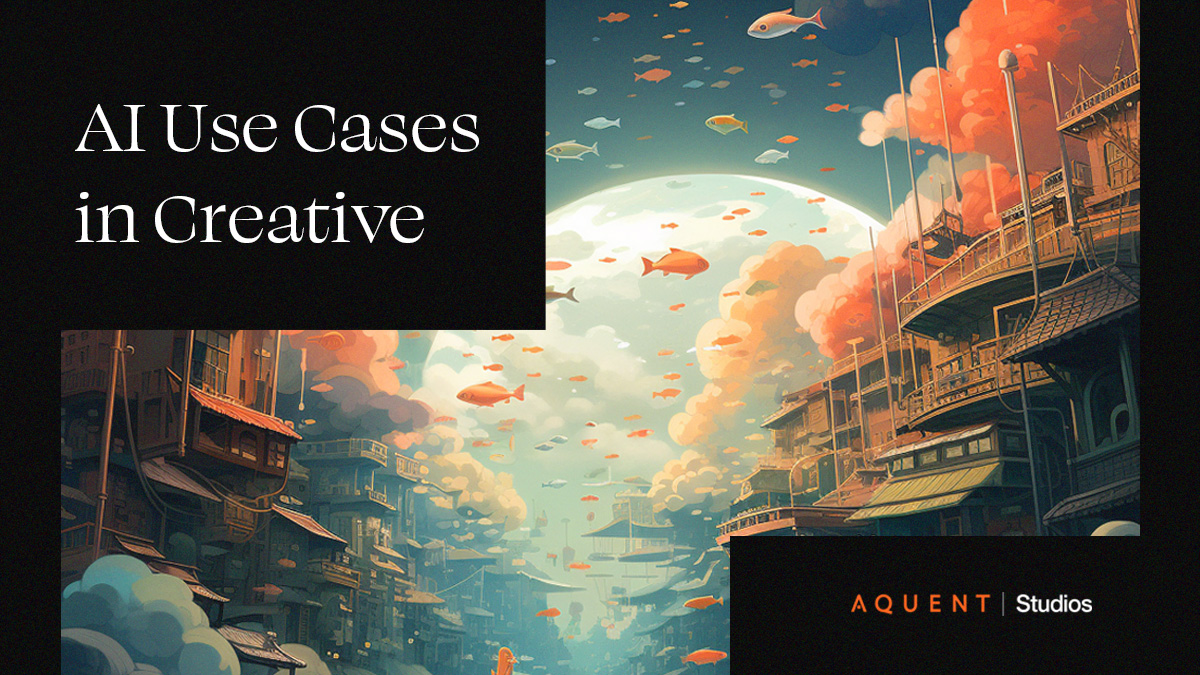Key Takeaways
- Content factories are systems that streamline content creation by combining people, processes, and technology.
- Key benefits include consistent and high-quality content production, global expansion, and efficiency.
- Successful content factories have strategic calendars, detailed briefs, robust asset management, and use modular content, collaboration, repurposing, and AI/automation for continuous improvement.
- To set up a content factory, align team goals, and establish executive sponsorship. Conduct a content audit and standardize processes with feedback loops for ongoing refinement.
- As technology advances, the future of content production includes AI-driven generation, hyper-personalization, immersive experiences, and enhanced measurement/analytics.
Content is the new currency of business. In today's digital landscape, a steady flow of high-quality content is essential for success. Content factories offer a structured solution to meet this demand. By combining people, processes, and technology, these systems streamline content creation while maintaining quality and consistency. This post explores how content factories work, their benefits, and how they're shaping the future of content production.
What is a content factory?
A content factory is a well-oiled system that harmoniously integrates people, processes, and technology to streamline content creation. It involves assembling a dedicated team, choosing the best tools for creativity, and establishing clear workflows for managing projects and assets. This cyclical process continuously refines strategies by incorporating market feedback, ensuring high-quality content production.
So, how does this differ from traditional content creation processes? Essentially, a content factory is a refined and streamlined approach to content creation. Unlike immature systems that struggle with inefficiency and lack clear structures, a content factory benefits from well-defined processes. It includes features like modular content, collaborative teams, content repurposing, robust asset management, global scalability, the integration of AI and automation, and ongoing iteration and assessment. Organizations that adopt this model show a strong commitment to refining their content strategies.
Key components that drive the success of a content factory include:
- Strategic content calendar
- Detailed content briefs
- Robust asset management
- Modular content
- Collaborative teams
- Content repurposing
- Global scalability
- AI and automation
- Continuous iteration and assessment
Key benefits of content factories
Building a strong foundation: consistency and repurposing with modular content
A content factory not only establishes a robust foundation for consistent, high-quality content but also ensures that all content has undergone rigorous pre-approvals with legal and any regulatory oversight, being fully approved for use. This comprehensive approach, which extends beyond just maintaining brand integrity, centralizes assets and processes to guarantee consistent messaging across all channels. By leveraging a modular content system, marketers can rapidly assemble marketing materials while adhering to brand guidelines and regulatory approvals, significantly accelerating speed to market.
In regulated industries, our content factories meticulously check information for quality, with a strong quality control (QC) process in place to ensure accuracy right from the template or layout stages. This process seamlessly integrates all required elements, including those that have received legal and regulatory pre-approval. At the heart of our operations is our Digital Asset Management (DAM) system, where templates, brand guidelines, visual assets, and preapproved content are meticulously organized. This structure not only enhances efficiency but also guarantees consistent quality across all outputs, streamlining the creation process and ensuring adherence to unified creative and regulatory guidelines.
Expanding your reach: Globalization and localization
Content factories are essential for global expansion. By efficiently managing and repurposing content, companies can effectively reach diverse audiences. A prime example of this is one of our clients, a software company that emphasizes targeting regional markets and repurposing content to effectively engage local audiences. Their strategy includes repurposing 80% of North American content for regional markets, highlighting the efficiency and cost savings of this approach. Such a system facilitates content repurposing and localization, enhancing relevance across global markets. This strategy is vital for large regional companies looking to maintain a cohesive brand identity while catering to local preferences.
Optimizing the process: Speed, efficiency, and continuous improvement
Speed and efficiency are hallmarks of a successful content factory. By streamlining content creation, production, and distribution, organizations can accelerate time-to-market and maximize ROI. A modular content system serves as the backbone of this efficiency, providing pre-approved assets that can be quickly assembled into various formats.
Moreover, robust asset management is essential for optimizing workflows. By centralizing and organizing content, teams can easily locate and re-purpose materials, reducing production time and costs.
A well-structured content factory also incorporates a feedback loop, allowing for continuous improvement. By analyzing content performance, marketers can identify trends, measure ROI, and refine future strategies. This data-driven approach ensures that content remains aligned with audience needs and business objectives.
Balancing creativity with structure
Take our client Dell, for example. We implemented a robust in-house system called Brand Central for creating fact sheets and other materials. This system automated workflows and ensured brand compliance, serving as an excellent training tool for new hires. It showcased how structured processes can coexist with creative freedom, encouraging innovation within established guidelines.
Striking a balance between creative freedom and structured processes is crucial for a successful content factory. While creativity is the lifeblood of compelling content, structure ensures efficiency, consistency, and brand adherence. By identifying core processes and developing standardized templates and guidelines, organizations can streamline production without stifling innovation. This approach empowers in house agencies to focus on strategic, high-impact projects while delegating routine tasks to their content factory.
The aim is to organize teams and processes to prioritize strategic creative work, utilizing external resources for mundane tasks. This not only benefits the business but also fosters brand evolution.
How to set up a content factory
To successfully implement a content factory, it's crucial to align team goals to avoid silos that hinder efficiency and collaboration. Establishing a unified vision is key to producing cohesive and effective content. Moreover, securing executive sponsorship is essential for setting up the necessary processes. Here’s a structured approach to get started:
- Finding the right skillset: Building the team is more complex than it seems. You need to gather a cross-functional team from different departments like marketing, design, and IT. This diverse mix, with varying skill sets flowing in and out, is crucial for tackling the specific challenges your organization faces and forging a shared vision for the content factory.
- Conduct a content audit: Conducting a thorough content audit can provide insights into existing assets and identify gaps. This step not only helps to pinpoint valuable content that can be repurposed but also facilitates discussions about necessary processes and tools for efficient content creation.
- Standardize processes and templates: Establishing standardized templates and clear guidelines will aid in overcoming resistance to change. Engage team members in the development of these resources to foster buy-in and accommodate differing perspectives and expertise.
- Develop feedback loops: Fostering a culture of collaboration is critical to breaking down silos. Encourage regular communication and feedback loops to enable teams to share insights and refine processes together.
- Highlight early successes: Showcasing early successes can also rally support across the organization, as tangible results will highlight the value of the content factory model.
- Test and learn: Finally, maintain an ongoing commitment to evaluating and iterating upon the content factory's processes to adapt to evolving needs and ensure sustainability in the long run.
Conclusion: The future of content production
Content factories represent a strategic investment in an organization's future. As technology continues to evolve, so too will the capabilities of content factories. The integration of advanced analytics, artificial intelligence, and virtual reality will transform how content is created, distributed, and measured. This future vision includes:
- AI-driven content generation: AI will play an increasingly significant role in generating content ideas, writing copy, and creating visual assets.
- Hyper-personalization: Content factories will leverage data to deliver highly personalized content experiences to individual audiences.
- Immersive content: Virtual and augmented reality will offer new opportunities for engaging storytelling and product demonstrations.
- Enhanced measurement and analytics: Advanced analytics will provide deeper insights into content performance, allowing for continuous optimization.
By embracing these trends, content factories will become even more powerful tools for driving business growth and audience engagement.Looking for a content and creative partner to help you reach your goals? At Aquent Studios, we specialize in content factories, modular content, creative production, and more. Let’s connect – we’re here to help.









